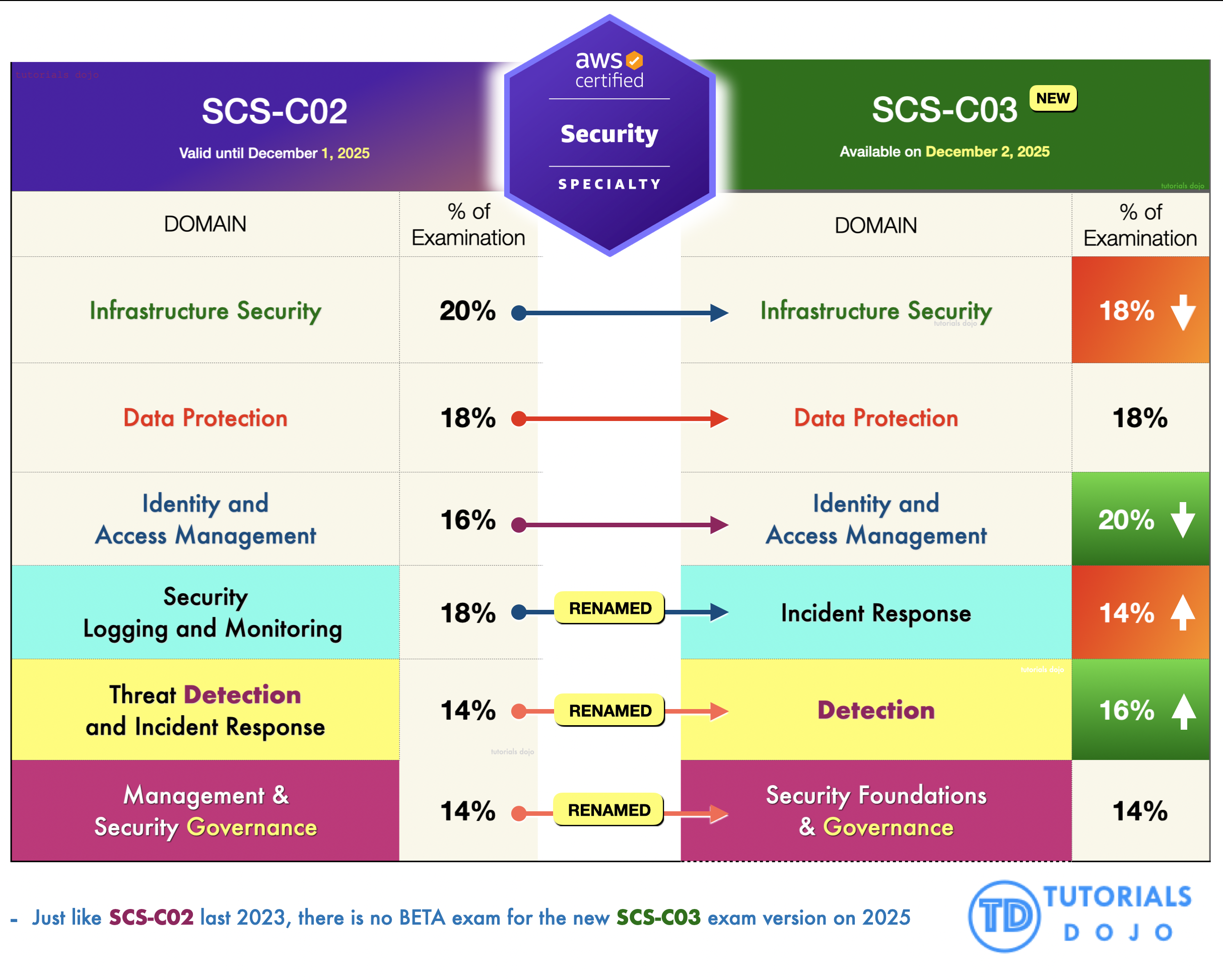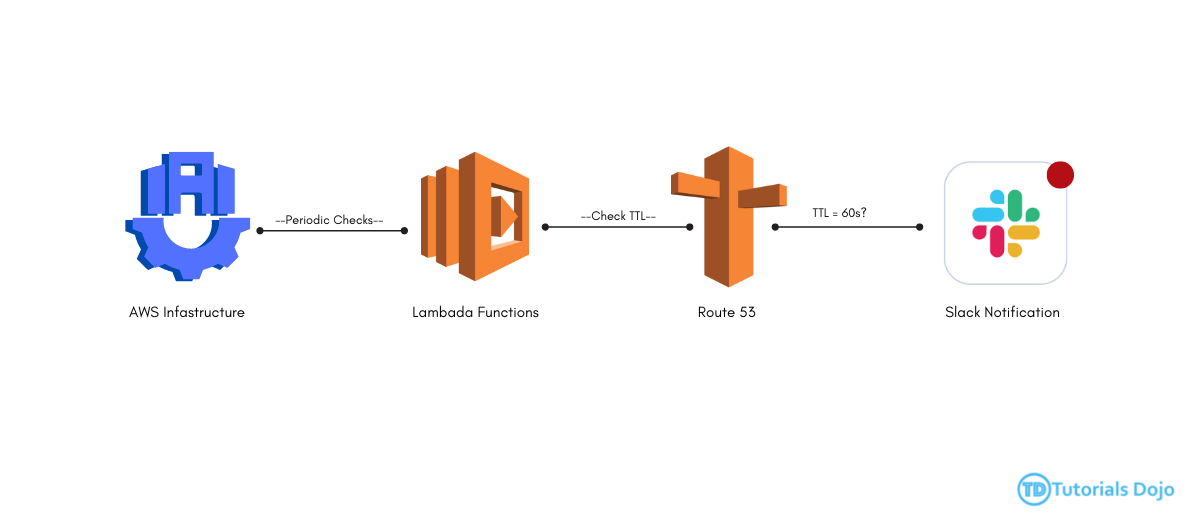Amazon Timestream
Ostline Casao2025-12-04T00:43:48+00:00Bookmarks Amazon Timestream for InfluxDB Amazon Timestream for InfluxDB 3 Amazon Timestream for LiveAnalytics Integrations Security Pricing Use Cases Best Practices Amazon Timestream Cheat Sheet A fully managed, purpose-built time series database service for storing and analyzing trillions of time series data points per day Offers multiple database engines: Timestream for InfluxDB (Recommended) - Managed InfluxDB databases for real-time time series applications with single-digit millisecond query response times and up to 99.9% availability Timestream for InfluxDB 3 - Next-generation managed InfluxDB 3 databases leveraging Apache Arrow, Apache Data Fusion, [...]










